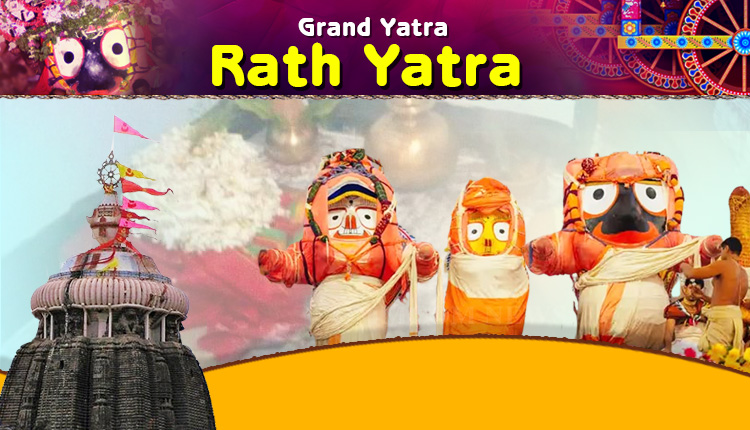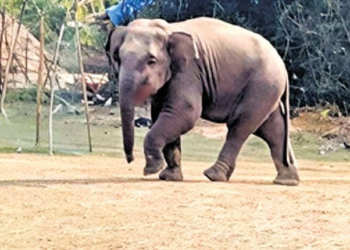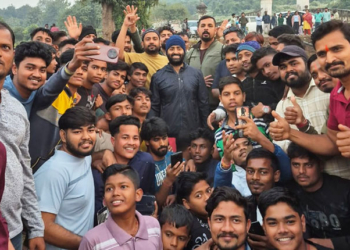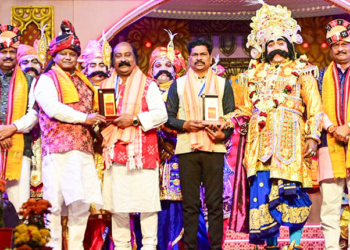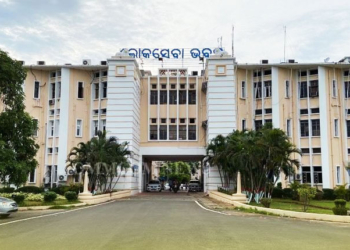Bhubaneswar: Khalilagi Ekadasi, also known as Yogini Ekadashi, falls on the 11th day of the waning moon in June-July (Odia month of Asadha). This auspicious day has an intriguing legend associated with it.
Also, Khalilagi Ekadasi holds immense significance in the Jagannath Temple culture. According to temple traditions, Khalilagi Ekadasi is a day when the Holy Trinity Lord Jagannath, Goddess Subhadra, and Lord Balabhadra are symbolically rejuvenated, preparing for the grand Rath Yatra festival. This auspicious day is revered as a powerful opportunity for devotees to seek redemption, forgiveness, and spiritual growth.
Legend
According to the legend, there was a King in the name of Dhanoda Kuber, an ardent devotee of Lord Shiva. He used to worship Lord Shiva daily with flowers. The king used to have a gardener whose name was Hemamali. Hemamali used to bring flowers for the king so that the latter could offer to Lord Shiva. However, one day, Hemamali became distracted by his wife while collecting flowers at Mansarovar and forgot to pluck flowers for the king. The king, displeased by Hemamali’s act, banished him from service and cursed him with leprosy.
Hemamali wandered in the forest for years, seeking redemption. He eventually met Sage Markandeya in the Himalayas and sought his guidance to get rid of sin. The sage advised Hemamali to observe Yogini Ekadashi Vrat, worship Lord Vishnu, and seek forgiveness for his past sins. Hemamali followed the sage’s words with devotion and pleased Lord Vishnu who released him from the curse.
It is believed those who observe Yogini Ekadasi brat would get results which are equivalent to feeding 88,000 Brahman pandits. People who would listen to Yogini Ekadashi katha will get rid of every kind of sin he has done.
Khalilagi Ekadashi at Srimandir
Khalilagi Ekadashi, also known as Anasara Ekadashi, is a significant event primarily observed in Jagannath temples. It precedes the renowned Puri Jagannath Rath Yatra. One of the notable rituals performed on this day is the Sarbhanga neeti, which involves the generous use of sandalwood paste at the Jagannath temple. This ritual holds great importance in the shrine’s traditions.
During Khalilagi Ekadashi, the idols of Jagannath, Subhadra, and Balabhadra are not present in the temple, as they are symbolically recuperating after the Snana Purnima festival. On this occasion, Suddha Suaras prepare ‘Khali’ paste and apply it on the idols for their speedy recovery. Besides, the deities will also be offered basil leaves (tulsi) amid the ringing of bells and cymbals.
It is pertinent to mention that the Holy Trinity was taken to Anasara Gruha on the Jagannath temple premises as they fell ill after having a grand bath with 108 pitchers of herbal and aromatic water on the day of Snana Purnima. The Gupta Niti (secret ritual) has been continuing in the Anasara Ghar since then.




